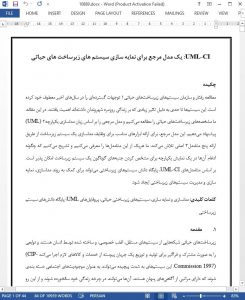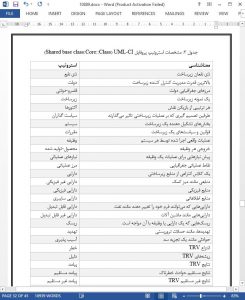Abstract
The study of critical infrastructure systems organization and behavior has drawn great attention in the recent years. This is in part due to their great influence on the ordinary life of every citizen. In this paper, we study critical infrastructures’ characteristics and propose a reference model based on the Unified Modeling Language (UML). This reference model attempts to provide suitable means for the task of modeling an infrastructure system through offering five major metamodels. We introduce each of these metamodels and explain how it is possible to integrate them into a unique representation to characterize various aspects of an infrastructure system. Based on the metamodels of UML-CI, infrastructure system knowledge bases can be built to aid the process of infrastructure system modeling, profiling, and management.
1 Introduction
Critical infrastructures are networks of interdependent, mostly privately-owned, man-made systems and processes that function collaboratively and synergistically to produce and distribute a continuous flow of essential goods and services (CIP-Commission 1997). These highly complex systems can be classified as sociotechnical organisms that have some sort of hidden consciousness. They can undergo aging in their lifecycle and hence experience different operational states. Complexness is an inherent property of these systems that stems from the nature of their tasks. These complex systems are mostly in charge of catering specialized services to a wide range of different parties. The type of collective services that is provided through these systems is so immense that the ordinary lives of all citizens are tightly coupled with their functionality. It is hence taken for granted that the sort of services that they provide should be ubiquitous, reliable, affordable and conveniently accessible (Jonsson 2005).
9 Conclusions and future work
In this paper, we have proposed a reference model for profiling and modeling different aspects of a critical infrastructure system. The metaclasses in this reference model are categorized in five major high-level metamodels that address various aspects of infrastructure organization and behavior. The most important concerns that have been addressed in this reference model are the issues of critical infrastructure ownership and management, their internal organization and system structure, asset classification and identification, and risk profiling.











